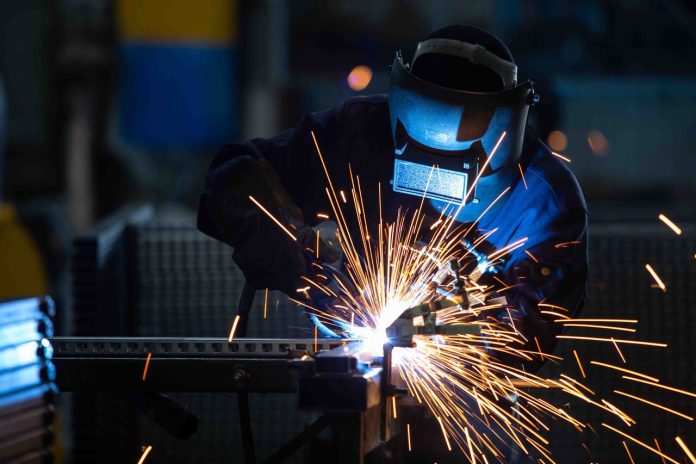Welding and brazing are common industrial processes that involve the use of high heat and electricity to join metal parts together. While it is a highly effective and efficient way to fabricate metal structures, these processes also pose several hazards that can be dangerous if not properly managed.
In this piece, we will explore some of the most common welding and brazing hazards and what can be done to prevent them.
Table of Contents
Hazards in the Process, and their Solutions
We will point out the various hazards that occur in the welding, cutting, and brazing process, while also providing a method to avert those hazards and risks. There are several types of welding processes, and these provide a general understanding of their hazards.
Electric Shocks due to Arc Welding
One of the most significant hazards of welding is the risk of electric shock. Arc welding involves the use of high-voltage electricity, which can cause severe injury or even death if the welder comes into contact with it.
To prevent this, welders should always wear personal protective equipment (PPE) such as rubber gloves and leather shoes with insulating soles. It is also important to ensure that the welding equipment is properly grounded and that the welder is working in a dry, well-ventilated area.
Burns with Heat Welding
Another common hazard of welding is the risk of burns. Welding involves the use of intense heat, which can cause serious burns if the welder comes into contact with it.
To prevent this, welders should always wear protective clothing such as flame-resistant coats and pants, as well as welding gloves and helmets with face shields. It is also important to keep a fire extinguisher nearby in case of any accidents.
Exposure to Toxic and Harmful Fumes
In addition to the risks of electric shock and burns, welding can also produce harmful fumes and gases. These fumes and gases can be inhaled, leading to many health problems such as lung irritation, headaches, and dizziness.
To prevent this, it is important to ensure that the welding area is properly ventilated. This can be achieved through the use of exhaust fans or by opening windows and doors to allow fresh air to circulate.
Fire Risks during Welding
One of the most serious hazards of welding is the risk of fire and explosion. Welding produces sparks and molten metal, which can ignite flammable materials if they come into contact with them.
To prevent this, it is important to clear the welding area of any flammable materials such as rags, paper, or cardboard. It is also important to keep a fire extinguisher nearby in case of any accidents.
Cutting or Brazing
Cutting or brazing can be hazardous activities if proper precautions are not taken. Some of the potential hazards include the risk of fire, exposure to toxic fumes, and the potential for burns or other injuries from the heat and sparks generated during the cutting or brazing process.
To avoid the hazards associated with cutting or brazing, it is important to follow safety guidelines and use appropriate protective gear. Some specific steps you can take to avoid these hazards include:
- Make sure you have adequate ventilation. Cutting and brazing can produce fumes that can be toxic if inhaled, so it is important to work in a well-ventilated area.
- Wear protective gear. Gloves, safety glasses, and fire-resistant clothing can help protect you from the heat and sparks generated during the cutting or brazing process.
- Keep a fire extinguisher nearby. In case of a fire, having a fire extinguisher within easy reach can help you quickly put out the flames and prevent the fire from spreading.
- Follow the manufacturer’s instructions. Make sure you understand and follow the instructions provided by the manufacturer of the cutting or brazing equipment you are using.
- Take your time and work carefully. Cutting and brazing can be dangerous activities, so it is important to take your time and work carefully to avoid accidents.
- Get training. If you are not experienced with cutting or brazing, it may be helpful to get abrasive wheel training from an experienced professional to learn how to do it safely.
- Be aware of your surroundings. Be aware of any potential hazards in your work area, such as flammable materials or other sources of ignition, and take steps to avoid them.
Conclusion
In conclusion, welding, cutting, and brazing are all powerful and effective industrial processes, but they also carry several hazards that must be carefully managed to prevent injuries and accidents.
Understanding the risks and following the safety guidelines are just one of the many precautions that need to be taken to avoid hazards. By taking these necessary precautions and using appropriate PPE, welders can protect themselves and others from the risks associated with welding, cutting, and brazing.








